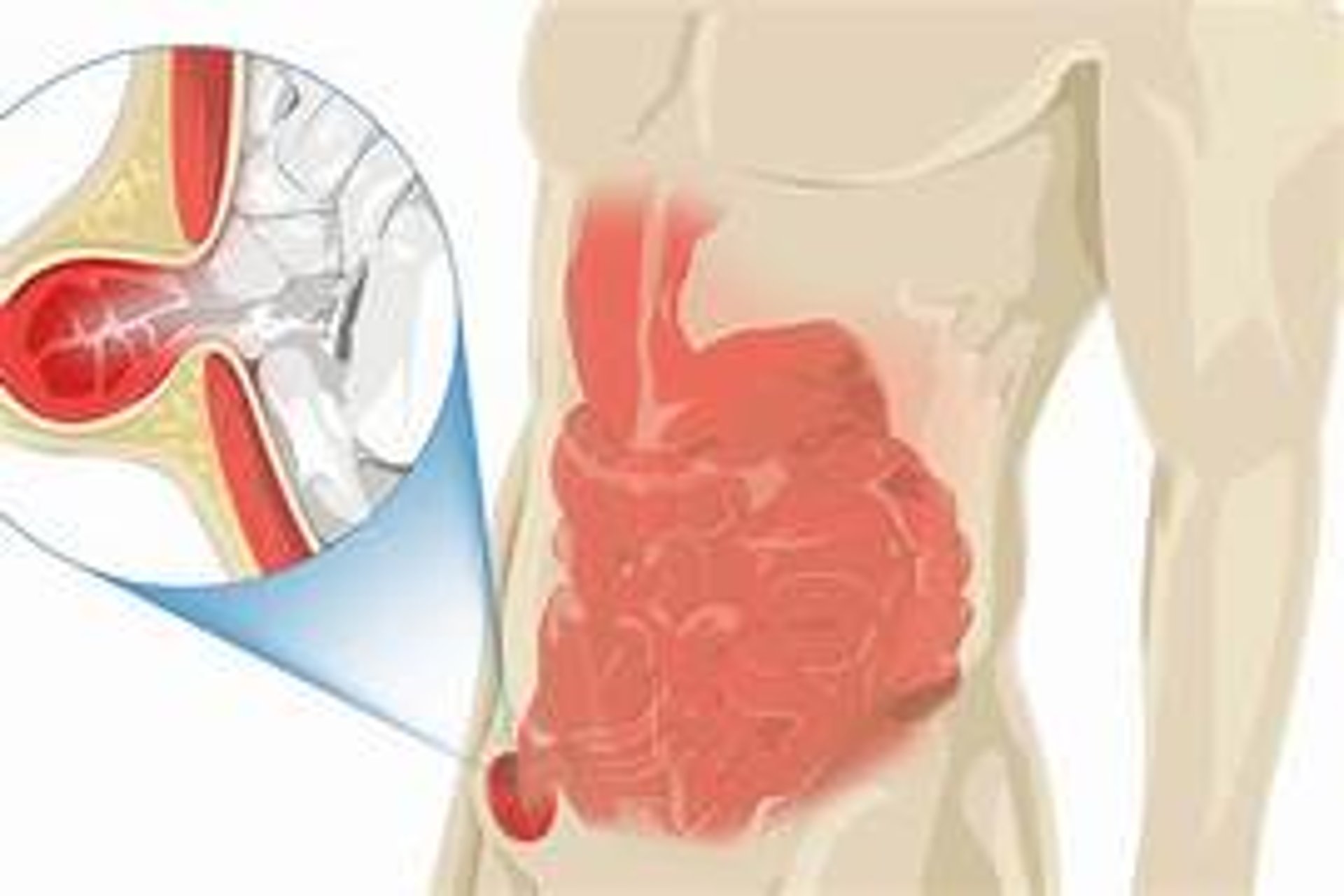
HERNIA SURGERY
What Is Hernia Surgery?
A hernia is a bulge that forms when organs or tissue push through an opening or weak spot in nearby muscle walls. Most hernias form in your abdominal wall or groin area.
Over time, hernias can grow and become painful. You may feel discomfort or more pain with physical activity, or when you cough, sneeze, or stand up.
If your hernia becomes painful or gets in the way of your daily living, your doctor may advise surgery. Even if the hernia does not cause pain, surgery can be considered in some cases to prevent future complications. Hernia surgery pushes the organ or tissue back where it belongs and repairs the opening or weak spot in your muscle wall. Often, mesh may be recommended for hernia surgery and can be discussed with you doctor.
Sudden and severe hernia pain or tenderness can be a warning sign of a hernia sac that's stuck or strangulated. This is life-threatening, and you'll need emergency hernia surgery.
Other signs that you need emergency hernia surgery include:
A bulge that doesn't go back inside the abdomen as it once did.
A bulge that's suddenly larger.
Bloating.
Fever.
Nausea or vomiting.
Redness where the hernia is.
Hernia Surgery Benefits and Risks
Benefits:
Surgery is the best treatment for a painful hernia. It's the only way to get rid of it and the pain it causes.
Many hernias will eventually need surgery. If you wait too long, your hernia may grow larger and be harder to repair.
Certain factors, including smoking, diabetes, and being overweight increase your risk of complications after hernia surgery. You may not be a candidate for hernia surgery if these are health concerns for you, and you will need to discuss these with your surgeon.
Hernia surgery risks:
Common risks and side effects soon after surgery include:
Bruising, or infection and bleeding at the incision site.
Problems with urinating if the hernia was in the groin.
Accumulation of fluid, called a seroma, at the prior site of the hernia.
Long-term risks and side effects include:
Chronic groin pain.
Problems with the mesh moving or breaking down.
Recurrence, or the hernia coming back.
Rare but serious risks and side effects include:
Complications related to anesthesia, including heart attack and stroke (these are not related specifically to hernia operations).
Injury to blood vessels and nearby organs, including your bladder and intestines.
Death.
Types of Hernia surgery include:
1) Lap Inguinal Hernioplasty
A doctor performs laparoscopic inguinal hernia repair through small abdominal incisions to introduce a laparoscope coupled with special instruments that aid in hernia repair. The surgical approach differs from open surgery because it needs smaller incisions.
Minimally Invasive Approach
Through small incisions laparoscopic hernia surgery differs from traditional inguinal hernia surgery since it causes restricted tissue injury. Through this method the surgical team decreases patient pain following procedures along with shortening the recovery time.
Criteria for selecting patients suitable for Laparoscopic Hernia Repair
The laparoscopic procedure is a suitable treatment method for most individuals with inguinal hernias. Widespread medical history alongside pre-existing illnesses and the condition of the hernia serve as determining elements for selecting the appropriate surgical method. After visiting RG Hospitals specialists will identify the most suitable procedure type.
Procedure Overview
The surgeon uses carbon dioxide gas to distend the abdominal space during the procedure to improve visual observation. A surgical mesh is used to fix the hernia hole during the operation which restores the weak section to prevent herniation from recurring.
Benefits Over Open Surgery:
The procedure of laparoscopic inguinal hernia repair provides multiple benefits when compared to open inguinal hernia surgery because:
Smaller incisions
Reduced postoperative pain
Faster recovery time
Lower risk of infection
Minimal scarring
Recovery Time and Postoperative Care
The recovery period following laparoscopic hernia surgery enables most patients to leave the hospital on either the same day or shortly after (24 hours). Most patients enjoy a shorter recovery period than open surgery because they can return to their normal routines after one week. You should limit yourself to light activity and heavy lifting since they are not recommended for a minimum of 4-6 weeks following the procedure.
2) Laparoscopic Umbilical Hernia Repair:
Umbilical hernia repair surgery is a procedure that fixes umbilical hernias. An umbilical hernia involves a bulge or pouch that forms in the abdomen. This type of bulge occurs when a section of the intestine or other abdominal cavity tissue pushes through a weak spot in the abdominal wall near the belly button. It can develop in young children and adults.
In rare cases, adults with umbilical hernias can develop a serious condition called strangulation. Strangulation occurs when the blood flow to the herniated tissue is suddenly cut off. This can occur in umbilical hernias that are non-reducible, or can't be pushed back into abdominal cavity.
Symptoms of strangulation include nausea, vomiting, and severe pain. The area around the umbilical hernia might look blue, as if you have a bruise. The herniated contents could also become nonfunctional and die if they're strangulated.
Umbilical hernia repair surgery is performed in two different ways: open hernia repair or laparoscopic hernia repair.
Open hernia repair
During a conventional open hernia repair, the surgeon makes an incision near your belly button to access the hernia over the bulge site.
Laparoscopic hernia repair:
Laparoscopic hernia repair is a less invasive procedure. The surgeon makes several smaller incisions around the hernia bulge site. Then they insert a long, thin tube with a lighted camera on the end into one of the incisions. This instrument is called a laparoscope. It allows the surgeon to see inside your abdominal cavity on a video screen.
Regardless of the type of surgery, the goal of the procedure is the same. The surgeon gently places the bulging intestine or other intra-abdominal tissue and abdominal lining back through the hole in the abdominal wall. Then they sew the hole closed. Then they insert a synthetic mesh material into the abdomen to strengthen the area.
3)Lap Incisional Hernia Repair:
The laparoscopic approach to incisional hernia repair was first described in 1993 and has evolved considerably in recent years. The technique requires placement of three or more ports sited away from the hernia to allow adhesiolysis and reduction of the contents of the hernia sac, visualisation of the hernia defect and intraperitoneal placement of a mesh that overlaps the defect (by at least 3 cm) in all directions. The mesh is typically secured to the abdominal wall with sutures. Metal tacs, usually in two rings to form a ‘double crown’, or a combination of sutures and tacs may also be used. Increasing clinical experience of the technique and the development of new mesh technology has allayed early fears regarding unacceptably high rates of major complications such as bowel injury during dissection, mesh adherence or erosion into the bowel, and the need to convert to open surgery.




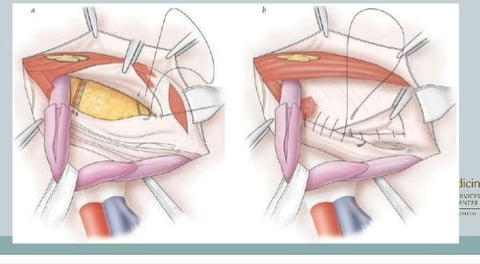

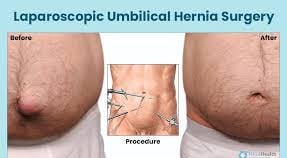

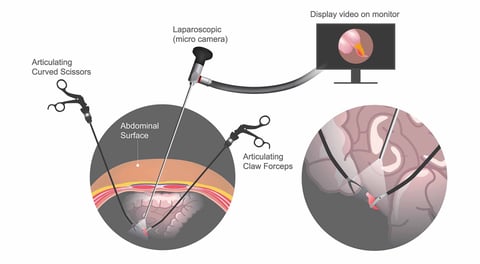

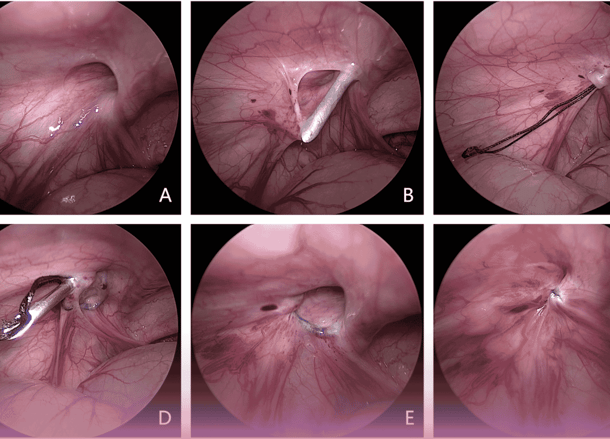

Care
Committed to excellence in patient healthcare services.
Health
Trust
contact@gvkprimeclinics.com
Digibrainz © 2024. All rights reserved.
